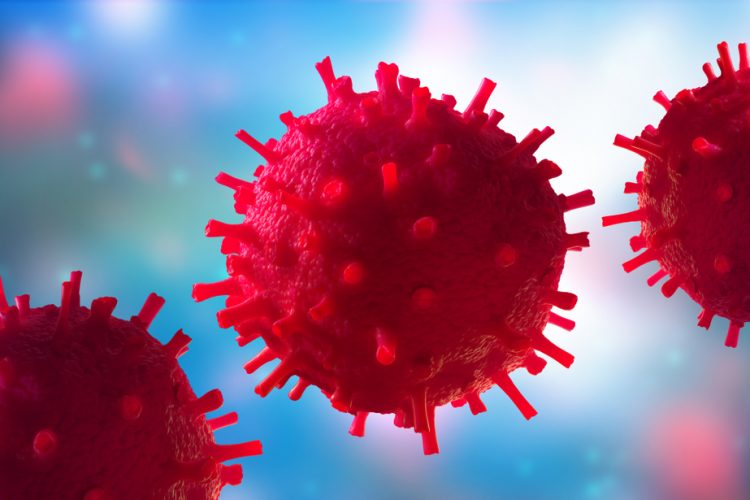Muscular dystrophy mutation shown to protect against HIV-1
Posted: 29 August 2019 | Victoria Rees (Drug Target Review) | No comments yet
Researchers have discovered that a rare muscle disease causes resistance to HIV-1 infection in patients, providing insight into potential therapies.


A new study has found that a type of muscular dystrophy which affects the limbs protects against HIV-1. According to the research authors, the cells from patients suffering from the dystrophy could be used to design new therapeutic strategies for the treatment of both conditions.
The research was conducted at the Instituto de Salud Carlos III, Spain.


Role of TNPO3 in HIV infection (credit: Rodríguez-Mora S, et al., 2019).
The Transportin 3 gene (TNPO3) is known to encode a protein, TNP03, that has been described as a key factor in HIV-1 infection. In a previous study, the research team discovered a relationship between a genetic defect in TNPO3 and limb girdle muscular dystrophy 1F (LGMD1F). In LGMD1F patients, TNPO3 generates a mutated protein called TNPO3_mut.
Using their previous findings, the researchers analysed the effect of TNPO3_mut on HIV-1 infection using blood cells from patients with LGMD1F. The results show that cells from patients with this mutation in TNPO3 are resistant to HIV-1 infection.
The authors conclude that the cells from LGMD1F patients can be used to understand the mechanisms behind TNPO3 in HIV infection and to design new treatment strategies for both diseases.
The results were published in PLOS Pathogens.
Related topics
Disease research, Drug Targets, Protein, Research & Development
Related conditions
HIV-1, limb girdle muscular dystrophy 1F (LGMD1F)
Related organisations
Instituto de Salud Carlos III, PLOS Pathogens



